“These people could have been my grandparents”
- Image by Margot Delvert
- Image by Margot Delvert
- Image by Margot Delvert
- Gift of Marie-Louise Lévi-Ménard, 2012.383
- Gift of Marie-Louise Lévi-Ménard, 2012.383
- Gift of Marie-Louise Lévi-Ménard, 2012.383
It’s been more than a month since I started my internship at The National WWII Museum now and I’d like to share my experience with you all. I come from Paris, France, where I was born. I recently graduated in Museum Studies and Military Heritage at the Ecole du Louvre and I decided to look for a job experience in a museum abroad…that led me to New Orleans.
June 20, I arrived here and discovered first the French Quarter and the incredibly rich history of this city. Then I visited The National WWII Museum: the glass windowed buildings let the visitor see planes and boats even before coming in, it is D-Day in the middle of New Orleans. Inside, I was welcomed by veterans and discovered this huge museum. The conception of the museum is really different from the way we show World War II in European, and especially, French museums because the point of view is not the same at all: The National WWII Museum displays the American experience of the war, while in France exhibits would usually concentrate on the European Theater of Operations.
After this impressive visit, I started to work in the Curatorial department. My job is focused on a French collection of archives that need to be described and, for some of them, translated. Most of the documents come from the former Saint-Lô Museum that transferred its collection to The National WWII Museum when it closed. Saint-Lô is a small town of Normandy, very close to the D-Day beaches, that suffered a lot from the German Occupation, and the Allies bombings. The museum had collected the personal archives of local people to keep memory of the life of French people during wartime in Normandy: farmers, shopkeepers or soldiers.
These documents can be very moving; these people could have been my grandparents. This is also the case of another collection I had to document and translate: Marie-Louise Lévi-Ménard recently donated her personal archives to The National WWII Museum, she was a twenty year old woman in 1944 and entered in Resistance. She lived near Granville, in Normandy too, and started to secretly write communiqués of the London radio in order to keep the neighborhood informed while the Allies were preparing D-Day. Radio sets were forbidden and requisitioned by German authorities, and it was really hard to get enough paper and ink because of the shortage. German officers occupied her home during three days and she stole a typewriter from them to make more copies of her communiqués.
Documenting and preserving these collections is essential for the museum even if you don’t always see these objects in the exhibits. The museum keeps the testimony of people who lived and made World War II; it also helps historians and researchers.
While here, I participated in a presentation of French Legion of Honor medals. Six American WWII veterans who fought in Normandy were awarded the highest French decoration for their actions in the liberation of France. So The National WWII Museum can tell the stories of the ones who fought and died and celebrates those who are still able to relate D-Day.
I am really enthusiastic about my experience at The National WWII Museum, I have learned a lot and New Orleans is a very nice place to stay and visit not only for the Museum but also for the rest of the city where so many cultures meet.
Post by The National WWII Museum Intern Margot Delvert
- Posted :
- Post Category :
- Tags :
- Follow responses to this entry through the RSS 2.0 feed. You can skip to the end and leave a response. Pinging is currently not allowed.


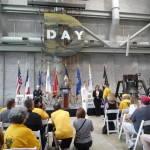
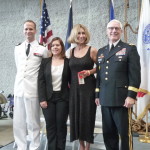
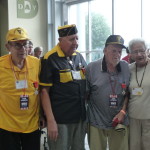
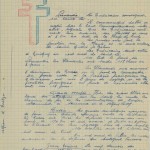
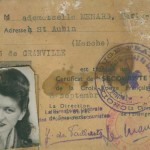
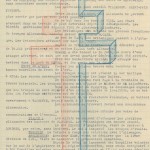


Leave a Reply